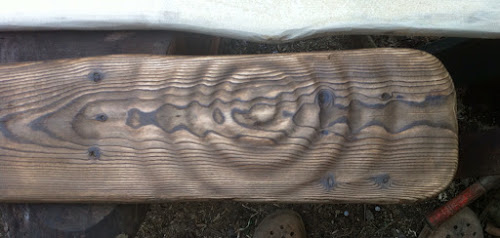Summer Blue Birkenstock and borrowed pyjamas
 Staying with friends in London to accompany them on a weekend in Norfolk. I had a ranging day in London. A late night followed by an early start to visit the new Covent Garden flower market. As we drove to the market I was struck by how the city has become a mass of juxtapositions rather than the more themed composition, a modern Waterloo station quickly losing its function and no longer a train hive but a venue for fashion shows and such, even the New market is apparently not long for this world and will soon be overwritten. Little posters on the garden gates of a terrace of houses saying 'Say No to the Garden Bridge'. So many people in a city and a government that wants to please them all by changing very little and doing as little as possible. It is bound to result in jumble.
Staying with friends in London to accompany them on a weekend in Norfolk. I had a ranging day in London. A late night followed by an early start to visit the new Covent Garden flower market. As we drove to the market I was struck by how the city has become a mass of juxtapositions rather than the more themed composition, a modern Waterloo station quickly losing its function and no longer a train hive but a venue for fashion shows and such, even the New market is apparently not long for this world and will soon be overwritten. Little posters on the garden gates of a terrace of houses saying 'Say No to the Garden Bridge'. So many people in a city and a government that wants to please them all by changing very little and doing as little as possible. It is bound to result in jumble.The nature of the day followed a similarly twisting course, I thought I had a grip on the things starting in overalls helping to repot market plants for sale in shoreditch, but the chaos of city living got the better of me. I ended up departing for Norfolk with none of the essentials that I had planned to add to the day bag before leaving. The general discombobulation is interesting.
We don't really have a vocal workforce of beggars in Japan, so there is some novelty in the occasional approach one receives in the city. One chap started with a request for £900 to finance a stay in a posh hotel, humorous, but it did not spur me to loosen the purse strings. Disappointed he fell into the distance but shouted over his shoulder in a not entirely uncomplementary tone 'Nice Birkenstocks'. This was not the first comment I had received relating to my footwear and I must confess I began to suspect a conspiracy. The sandals were actually a kind Father's Day gift and as such give me a sense of my place in the order of things.
Lovely to be out of the city now and away from the perceptible hum of humanity. I had a short walk and was struck by the profusion of white campion and surprised myself in correctly identifying a whitethroat singing off among the herbage.














